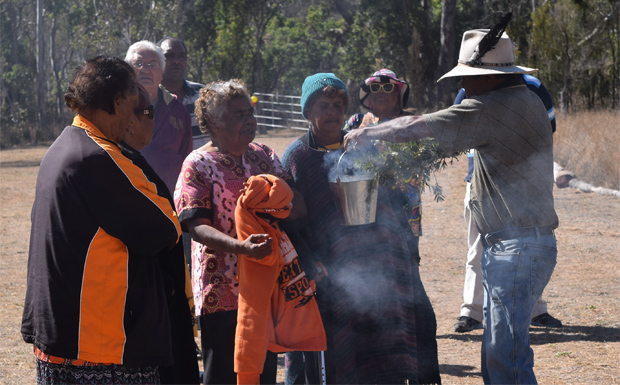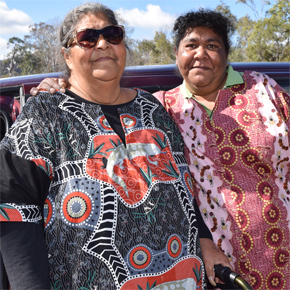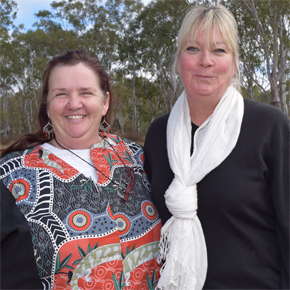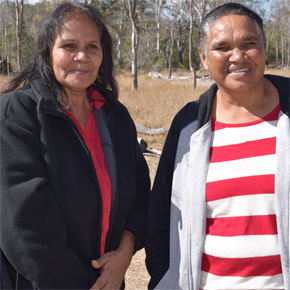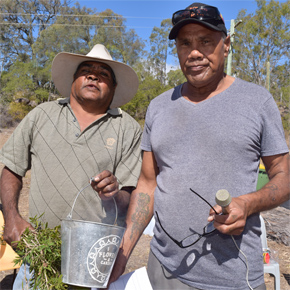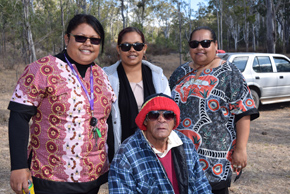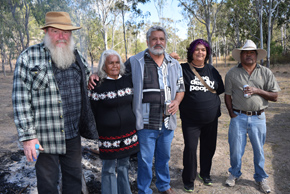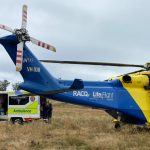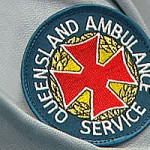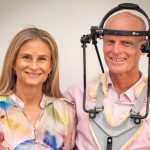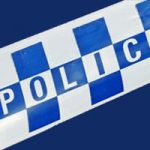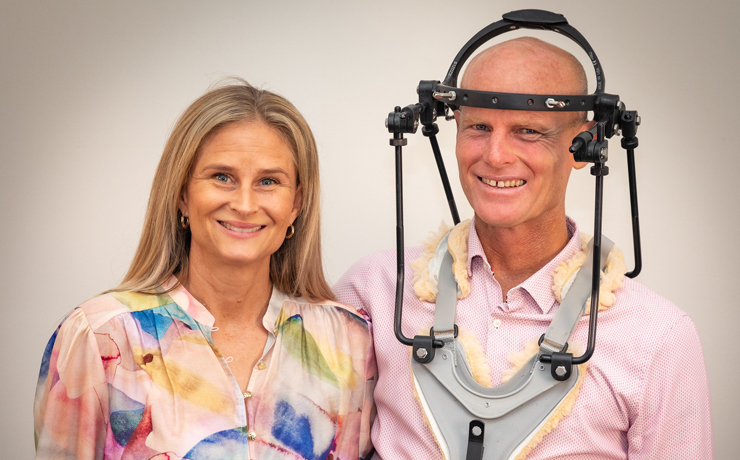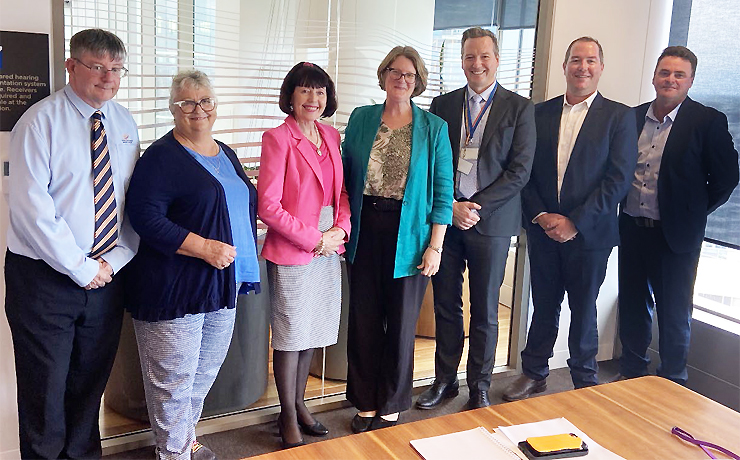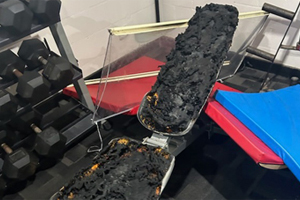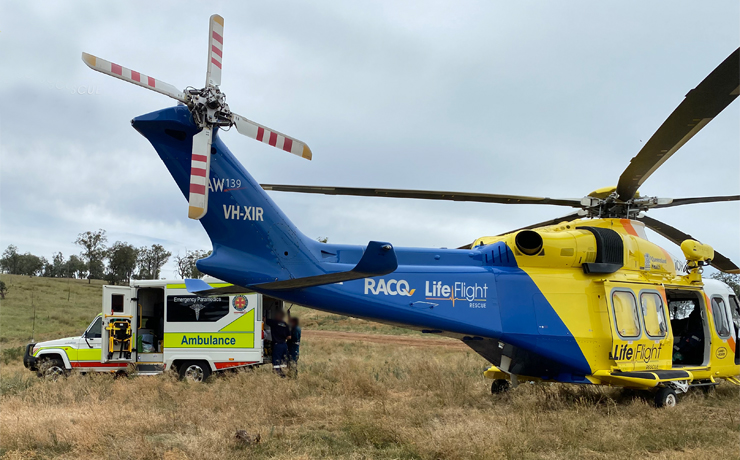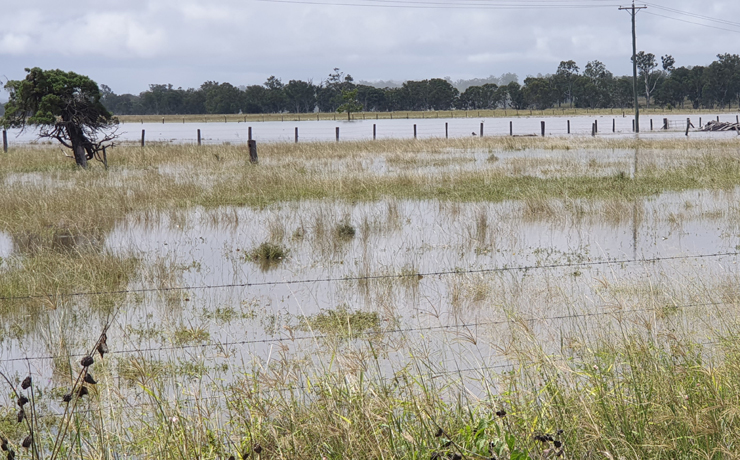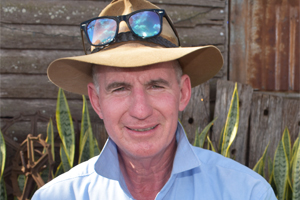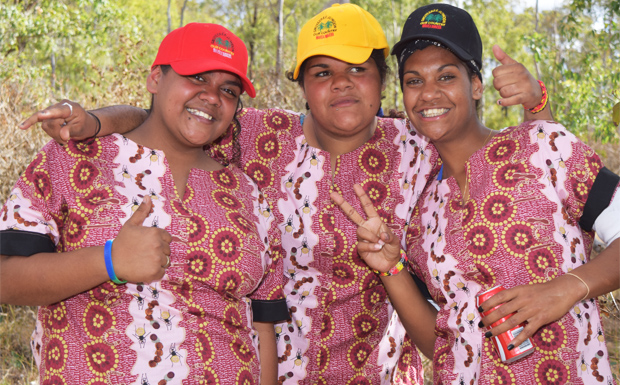
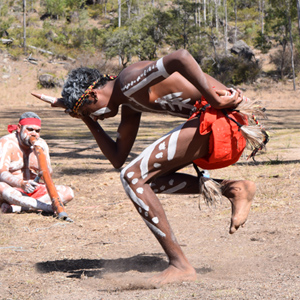
July 23, 2014
Wakka Wakka people from all over Queensland gathered near Maidenwell on Tuesday for a special ceremony that reunited people with their land and heritage.
One of the most significant ceremonial areas in the South Burnett is once again under the control of its traditional owners.
The rock art overhang and stone arrangement are now officially owned – in the eyes of non-indigenous law – by the Bunya Wakka Wakka Cultural and Heritage Aboriginal Corporation, an association that represents the South Burnett’s Wakka Wakka people.
The 126ha block of land was purchased from its European owners in 1996 by the Indigenous Land Corporation (ILC), a Federal Government statutory authority which was set up after the Mabo High Court decision to assist Indigenous people to acquire and manage land that had cultural benefits.
The block – which contains one of the most important rock art sites in south-east Queensland – could not be claimed under Native Title because it was freehold title.
Wakka Wakka elders have been pressing to have the land returned to them to enable their young people to help get in touch with their history. The Bunya Wakka Wakka association began leasing the land from the ILC in 2006 after putting in an expression of interest to the ILC.
A management plan has been developed for the area – which will now be known as Gnuyeeree Juwoon (“our country”) – and infrastructure put in place to enable the land to be used by school groups and other visitors.
An ablutions block, septic system, water tanks and electricity have been installed in a camping area at the base of block.
A trail leaves from this point up into the rocky hills to the rock shelter, and then further on to a stone circle.
Both sites are believed to have been important meeting areas before European colonisation.
The late Michael Morwood – the Australian archaeologist who found international fame for his discoveries of Homo floresiensis (“Hobbits”) in Indonesia in 2003 – excavated the Maidenwell rock shelter in 1981-82.
He found it had been in use for at least 4300 years, with more intensive use starting about 2800 years ago.
The rock overhang features an array of ochre drawings, an art form which is very rare in south-east Queensland.
Bunya Wakka Wakka manager Angela Smith said a Jupiter’s grant and funding from the Indigenous Land Use Agreement (ILUA) with Stanwell had allowed the infrastructure to be put in place.
She said the site would be used for educational purposes to “help our young get in touch with their heritage”.
After a smoking ceremony and dancing, ILC project adviser Sonia Hayes officially handed over the title of the land to Bunya Wakka Wakka chairman Michael Bond.
The guests then enjoyed lunch – including kangaroo rissoles – and dancing by the Wakka Wakka troupe before beginning the trek up into the hills to view the sites.
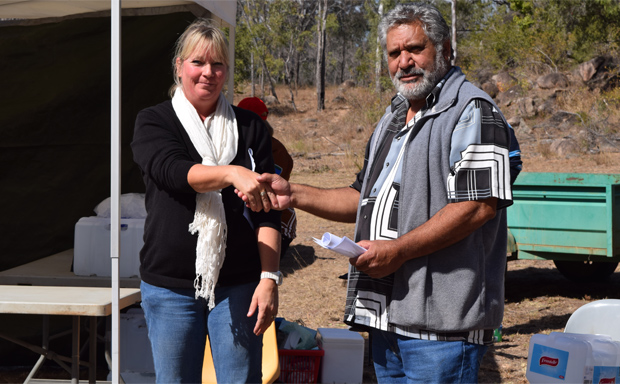
|
|
|
|
|
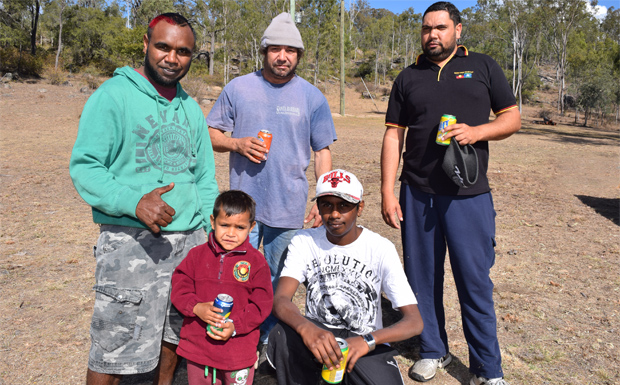
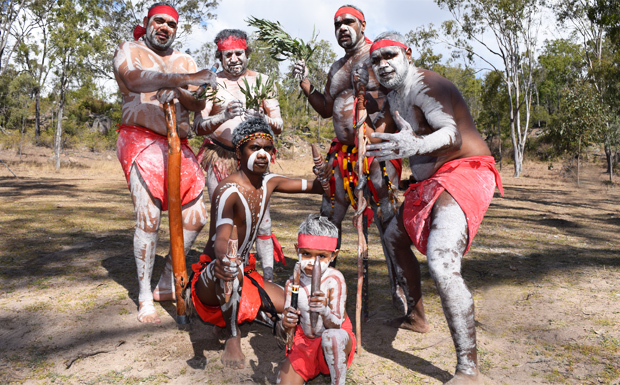
|
|
|
